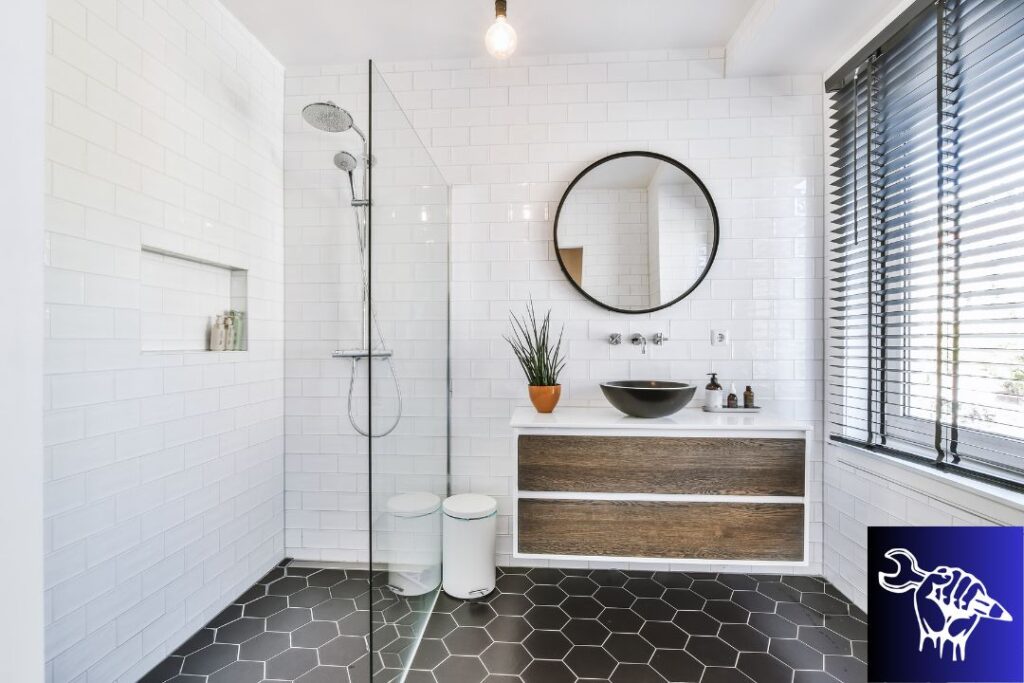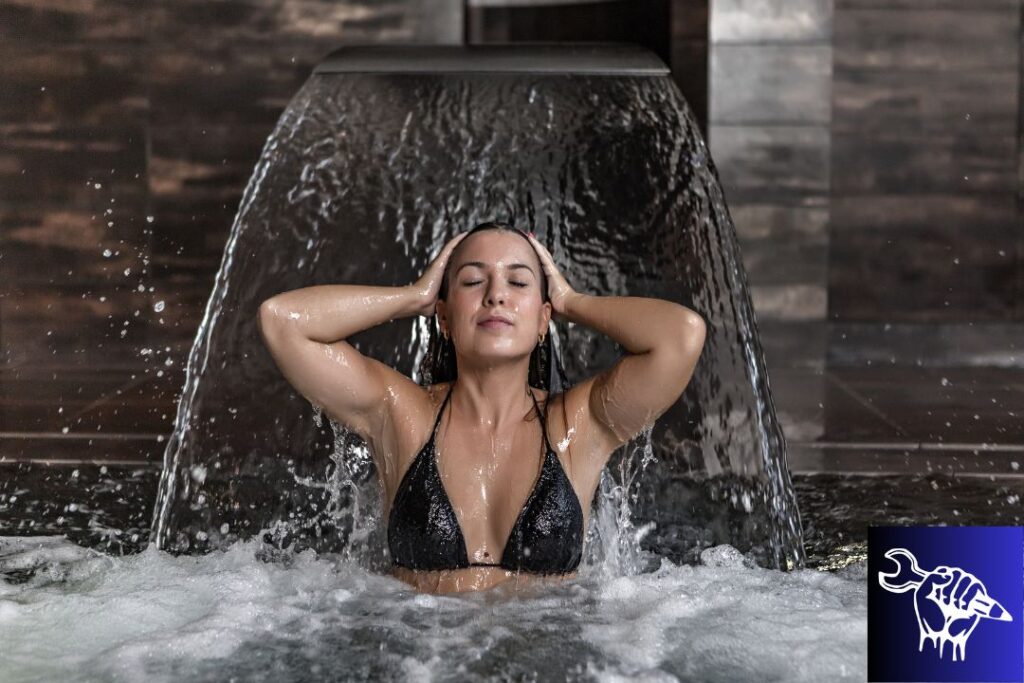Choosing the right bathtub can significantly impact your bathroom’s functionality and aesthetic. A bathtub is not merely a fixture; it’s an investment in comfort and relaxation, an oasis within your own home. Given its essential role and the variety of options available, selecting the right one necessitates careful consideration of several key factors. In this guide, we will explore these considerations to help you make an informed decision, ensuring your new bath is a perfect fit for your needs and lifestyle.
Understanding Your Needs and Preferences

Before diving into the multitude of bathtub options, it’s crucial to understand your unique needs and preferences. Start by assessing the available bathroom space. Knowing the dimensions of your bathroom will guide you towards the suitable bath sizes and shapes. Next, identify your preferred style and design. Do you gravitate towards a classic clawfoot tub, or is a modern, sleek design more your taste? Lastly, consider how frequently you plan to use the bathtub and for what purpose. Whether you’re seeking daily relaxation, therapeutic benefits, or occasional indulgence will influence the type of bath that best meets your needs. Balancing these considerations will help you narrow down your options and choose a bathtub that aligns with your lifestyle.
You may also like: 4 common causes of pipe leaks
Best Material for Bathtub

Selecting the right material is pivotal in ensuring your bathtub stands the test of time and meets your comfort and maintenance expectations.
Acrylic: Known for its versatility, acrylic baths are lightweight, easy to install, and come in a myriad of shapes and sizes. They retain heat well and are resistant to scratches and stains, making them a popular choice.
Fiberglass: Fiberglass tubs are budget-friendly and lightweight, with a glossy finish. However, they tend to be less durable and can scratch or fade over time.
Cast Iron: Cast iron bathtubs are the epitome of durability and strength. They retain heat exceptionally well but are heavy, requiring additional support in floor structures.
Stone Resin: Stone resin bathts boast a modern, luxurious aesthetic and are highly durable. They retain heat well but can be on the heavier and pricier side.
Porcelain on Steel: This option combines the durability of steel with the glossy finish of porcelain, offering a balance between longevity and aesthetics. However, it can be prone to chipping.
Weighing the pros and cons of each material in relation to your needs and preferences will guide you towards making an informed decision.
Trending: Is parquet worth it?
What is the Best Size of Bathtub?

Finding the ideal bathtub size is crucial for ensuring both comfort and functionality in your bathroom. Consideration of available space, design, and user needs will help guide this decision.
Standard Sizes and Custom Options: Standard batht sizes are a convenient choice for most, but custom options are available for those seeking a more personalized fit. Evaluate your bathroom dimensions and user preferences to determine the optimal bathtub size.
Corner, Freestanding, Alcove, Drop-in, Undermount Bathtubs: Different styles of bathtubs come with varying size options. Corner and alcove baths are space-efficient, freestanding bathtubs offer a luxurious and focal aesthetic, drop-in bathtubs provide versatility, and undermount bathts lend a sleek, modern look. Each style offers unique advantages and sizing considerations.
Ergonomics and Comfort: Beyond measurements, consider the ergonomics of the bathtub. Adequate depth, comfortable back angles, and additional features such as armrests contribute to a comfortable bathing experience. Assessing individual comfort needs and preferences is essential in selecting the best bath size.
Balancing the constraints of your bathroom space with user comfort and the style of the bathtub will help in determining the best size for your needs.
Additional Features and Accessories

In the modern market, bathtubs come with a variety of features and accessories that enhance the bathing experience, catering to both relaxation and safety needs.
Jet Systems – Air and Water: Jet systems add a spa-like feel to your bath. Air jets provide a gentle, bubbly massage, while water jets offer a more robust, targeted massage. Evaluating your relaxation preferences will help in choosing the suitable jet system.
Chromotherapy and Aromatherapy Options: These therapies use color and scent to enhance well-being. Chromotherapy utilizes different colors of light to impact mood and emotional health, and aromatherapy uses essential oils to create a calming and rejuvenating atmosphere. Consider these options for added luxury and therapeutic benefits.
Handrails, Non-slip Surfaces, and Other Safety Features: Safety is paramount in bathroom design. Features like handrails and non-slip surfaces prevent accidents, especially for individuals with limited mobility. Assessing the safety needs of the bathtub users is essential for choosing the right features and accessories.
Selecting the right combination of features and accessories can significantly enhance your bathing experience, providing a blend of relaxation, therapy, and safety.
How Much Does a Good Bathtub Cost?

The price of a bathtub can vary significantly depending on the material used and the style chosen. Acrylic bathtubs are often more affordable, with prices ranging from a few hundred to over a thousand dollars. Fiberglass options are similarly priced, but they may not offer the same durability. Cast iron baths are known for their longevity and can be more expensive, with prices starting at around a thousand dollars and going up depending on the design and size.
Typical prices of bathtubs:
- Low-end, polystyrene bath: $200-$400
- Mid-end, polystyrene bath: $400-$600
- Top-notch, polystyrene bath: $500 and more
- Low-end, resin bath: ~$300
- Mid-end resin bath: ~$600
Different bathtub materials also come with varying maintenance needs. For instance, acrylic and fiberglass may require more frequent cleaning to maintain their appearance, while cast iron might necessitate occasional re-glazing. The value of warranties and guarantees should not be overlooked, as they can protect the buyer from unforeseen issues and additional costs down the line.
Summary
In the journey to select the ideal bathtub for your home, understanding your specific needs and preferences is paramount. From the diverse materials available to size considerations and additional features, each aspect plays a critical role in influencing your choice. Remember to factor in costs, both initial and long-term, and always prioritize comfort and functionality. Choosing a bathtub is more than just a design decision; it’s about enhancing your daily living experience. Take your time, research well, and you’ll be on your way to making a well-informed decision.






